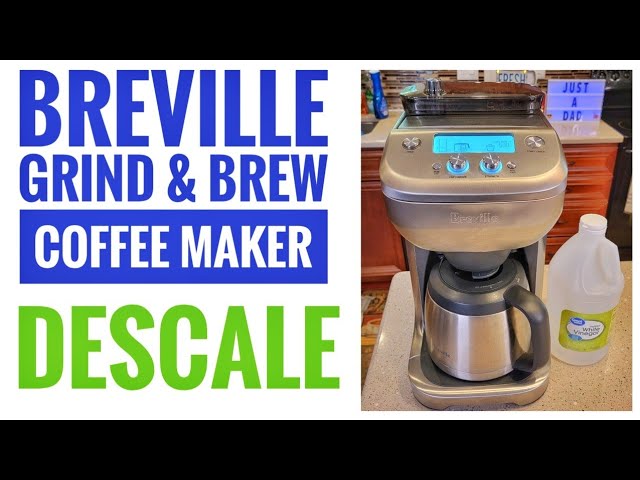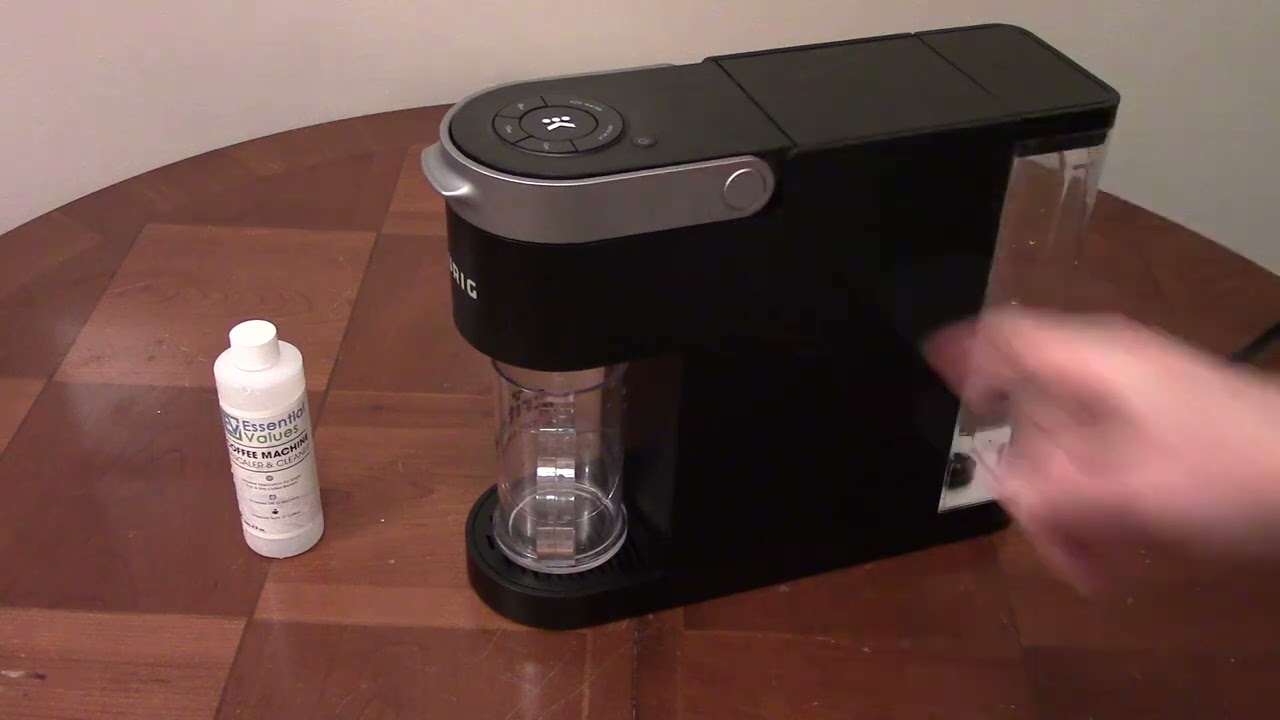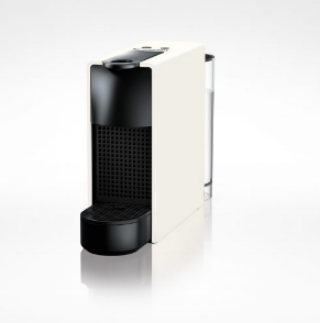How to Descale Your Tommee Tippee Steriliser: A Comprehensive Guide
Purchasing products via the links in our article may result in us earning a commission, but rest assured, this does not influence our editorial independence.
If you’re a new parent, you know the importance of keeping your baby’s bottles and pacifiers clean and sterilized. One popular sterilizer on the market is the Tommee Tippee steriliser. However, like any household appliance, it can develop limescale buildup over time. In this article, we’ll walk you through the steps to descale your Tommee Tippee steriliser, explain why it’s important, and provide tips for maintaining it.
Why Do You Need to Descale Your Tommee Tippee Electric Steriliser?
Limescale buildup in your steriliser can have negative effects on its performance and lifespan. It can cause the steriliser to work less efficiently, leading to longer sterilisation times or a need to repeat the process.
Additionally, if limescale is left unchecked, it can damage the heating element and cause the steriliser to stop working altogether. Regular descaling can help prevent these issues and extend the lifespan of your steriliser.
How to Descale Your Tommee Tippee Steriliser
Preparation: Gathering the necessary materials and tools.
Before you begin the descaling process, gather the following materials:
- White vinegar or a descaling solution recommended by the manufacturer.
- Water.
- A soft sponge or cloth.
- A bowl or measuring cup.
- A toothbrush (optional).
- A towel.
Step-by-Step Instructions:
- Empty and clean the steriliser.
- Before you start the descaling process, make sure your steriliser is empty and clean.
- Wipe down the inside of the steriliser with a soft sponge or cloth and some warm, soapy water.
- Rinse with water and dry with a towel.
- Prepare the descaling solution.
- Follow the instructions on the descaling solution or use the following vinegar solution:
- Mix one part white vinegar with one part water.
- Pour 1 cup (250ml) of white vinegar and descaler solution into the steriliser.
- Follow the instructions on the descaling solution or use the following vinegar solution:
- Descaling the steriliser.
- Turn on the steriliser and run it through a normal cycle with the descaling solution inside.
- Make sure the steriliser is not overfilled with the solution.
- Once the cycle is complete, turn off the steriliser and let the solution sit inside for at least 30 minutes.
- If there is still limescale buildup, repeat the process or use a toothbrush to scrub away the remaining buildup.
- Rinsing and cleaning the steriliser.
- Empty the descaling solution from the steriliser and rinse it with water.
- Wipe down the inside of the steriliser with a soft sponge or cloth and some warm, soapy water.
- Rinse with water and dry with a towel.
- Drying the steriliser.
- Once the steriliser is dry, it’s ready to use again.
Tips for Maintaining Your Tommee Tippee Steriliser
To keep your Tommee Tippee steriliser in good condition and prevent limescale buildup, follow these tips:
- Use distilled or filtered water to reduce the buildup of minerals in your steriliser.
- Clean your steriliser regularly with warm, soapy water and a soft sponge or cloth.
- Avoid using abrasive cleaners or scrubbing pads, as they can damage the steriliser.
- Keep your steriliser dry when not in use.
- Follow the manufacturer’s instructions for proper use and maintenance of your steriliser.
Troubleshooting Common Issues with Tommee Tippee Electric Sterilisers
If you experience any of the following issues with your Tommee Tippee steriliser, try these troubleshooting tips before contacting the manufacturer:
- Steriliser not turning on: Make sure the steriliser is plugged in and the outlet is working properly. Check the power cord for any damage or wear and tear.
- Sterilisation time is longer than usual: Check the steriliser for limescale buildup and descale it if necessary. Also, make sure you are using the correct amount of water and following the manufacturer’s instructions.
- Water remaining inside the steriliser after the cycle is complete: This can be caused by overfilling the steriliser or using too much water. Make sure you are using the correct amount of water and not overfilling the steriliser.
- Cloudy or discoloured bottles after sterilisation: This can be caused by using too much detergent or not rinsing the bottles properly. Make sure to use the recommended amount of detergent and rinse the bottles thoroughly before sterilising them.
Conclusion
Keeping your Tommee Tippee steriliser clean and free of limescale buildup is essential to its performance and lifespan. With the step-by-step instructions provided in this article, you can easily descale your steriliser and keep it running smoothly.
Remember to follow the manufacturer’s instructions for proper use and maintenance of your steriliser, and use distilled or filtered water to reduce mineral buildup.
FAQs
1. Can I use lemon juice instead of vinegar to descale my Tommee Tippee steriliser?
No, it is not recommended to use lemon juice to descale your steriliser as it can damage the heating element.
2. How often should I descale my Tommee Tippee steriliser?
It is recommended to descale your steriliser every four weeks or when you notice limescale buildup.
3. Can I descale my Tommee Tippee steriliser with citric acid?
While some people use citric acid to descale their steriliser, it is not recommended as it can damage the steriliser and void the warranty.
4. Can I use vinegar to descale my Tommee Tippee steriliser if it has plastic parts?
Yes, you can use vinegar to descale your steriliser, even if it has plastic parts. However, make sure to follow the manufacturer’s instructions and dilute the vinegar with water before use.
5. How long does the descaling process take?
The descaling process typically takes around 30 minutes, including the time needed to cool the steriliser before and after descaling.
6. Can I use regular tap water in my Tommee Tippee steriliser?
While you can use regular tap water in your steriliser, it is recommended to use distilled or filtered water to reduce mineral buildup and extend the lifespan of your steriliser.
7. How do I know when my Tommee Tippee steriliser needs descaling?
You will notice limescale buildup on the heating element or in the water tank, and the sterilisation cycle may take longer than usual.
8. Can I use a different descaling solution instead of vinegar?
Yes, you can use a commercial descaling solution that is specifically designed for coffee makers and kettles. However, make sure to follow the manufacturer’s instructions and rinse the steriliser thoroughly after descaling.
9. Is it safe to use my Tommee Tippee steriliser after descaling?
Yes, it is safe to use your steriliser after descaling as long as you rinse it thoroughly with water to remove any leftover descaling solution.
10. Can I use the descaling solution for other appliances?
No, it is not recommended to use the descaling solution for other appliances as it may damage them or affect their performance. Use the solution only for your Tommee Tippee steriliser as directed by the manufacturer.
Emily Brown
Emily Brown is a professional cleaner with over 15 years of experience in the industry. She has a wealth of knowledge on the various descaling solutions and methods and is passionate about sharing her knowledge through her writing on the blog Descaler Genius. She also runs her own cleaning business, where she helps customers maintain their appliances and keep their homes clean and tidy.




